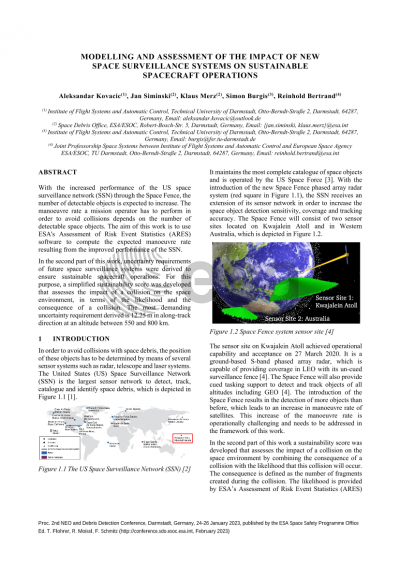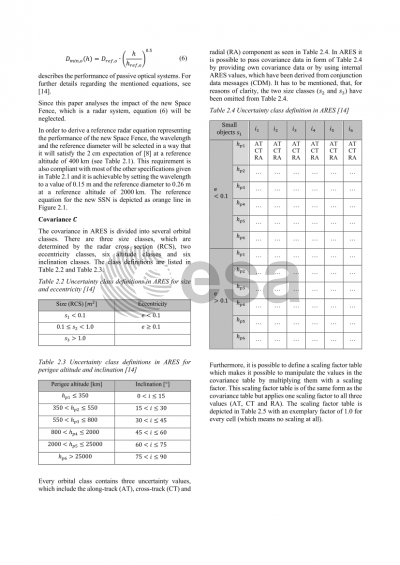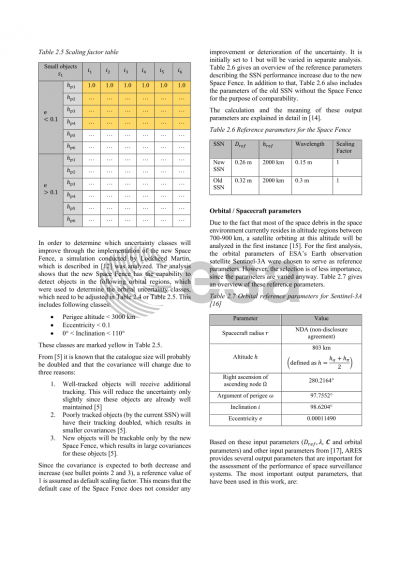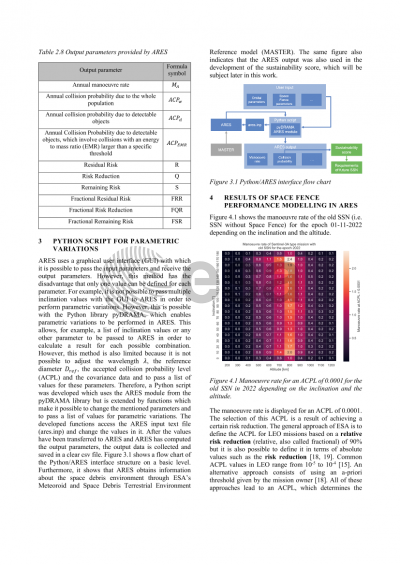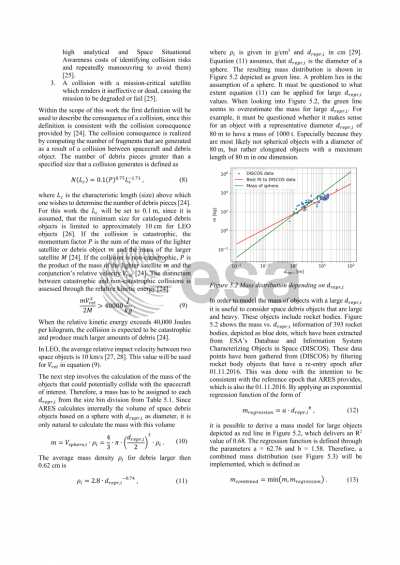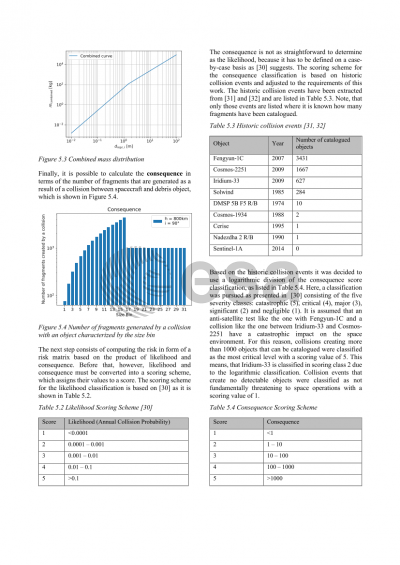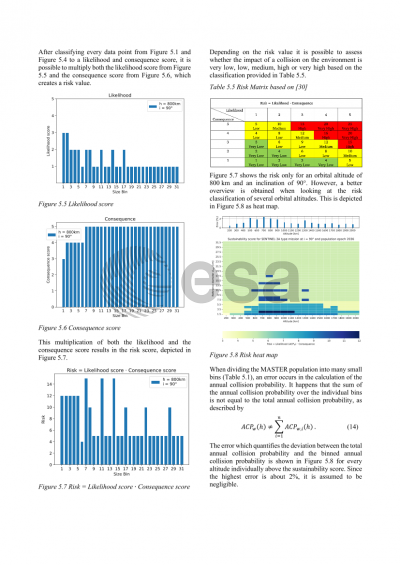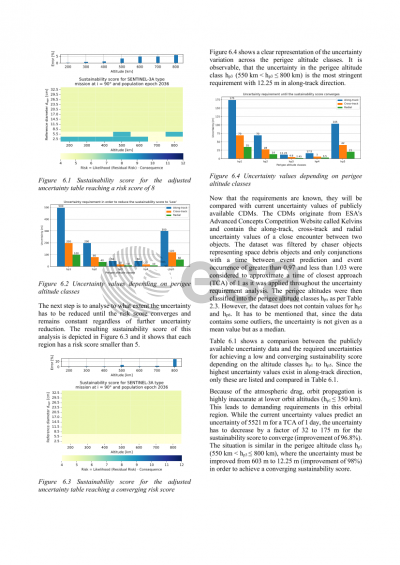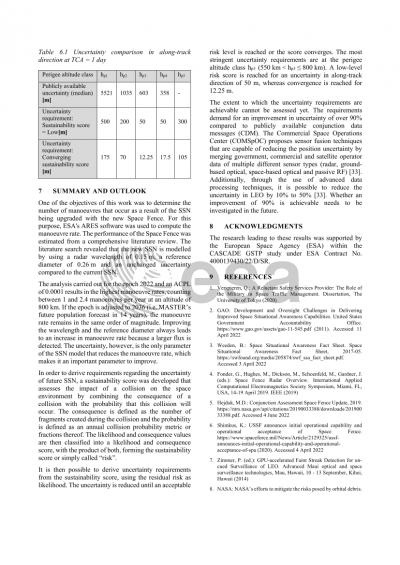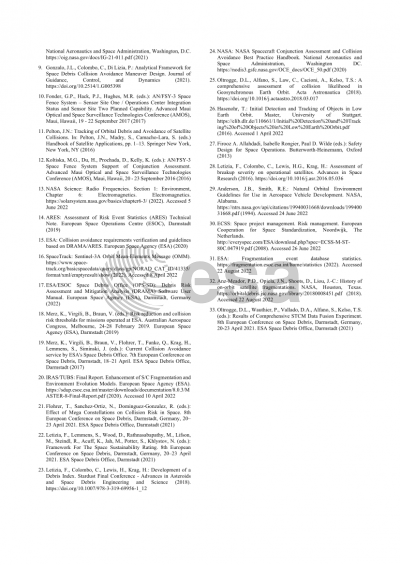Document details

Abstract
With the increased performance of the US space surveillance network through the Space Fence, the number of detectable objects is expected to increase. The manoeuvre rate a mission operator has to perform in order to avoid collisions depends on the number of detectable space objects. The aim of this work is to use ESA's Assessment of Risk Event Statistics (ARES) software to compute the expected manoeuvre rate resulting from the improved performance of the space surveillance network. Since the final performance of the Space Fence is not yet well known, the wavelength, the smallest detectable diameter and the uncertainty were varied and the effect on the manoeuvre rate was analysed. Due to the increased detection performance, the number of catalogued objects and thus also the manoeuvre rate increases. The orbit uncertainty is depending on the number of observations and has also an impact on the number of manoeuvres, which will be analysed in this work.
In the second part of this work, requirements for future space surveillance systems were derived with respect to the wavelength, smallest detectable diameter and uncertainty to ensure sustainable spacecraft operations. For this purpose, a simplified sustainability score was developed that assesses the impact of a collision on the space environment. The score is composed of the likelihood of a collision and the consequence of a collision on the space environment, i.e. the number of resulting fragments. The analyses resulted in a wavelength requirement of 0.13 m and a smallest detectable diameter requirement of 0.08 m at a reference altitude of 2000 km. Additionally, uncertainty requirements have been derived based on the new Space Fence performance. The most demanding uncertainty requirement derived is 12.25 m in along-track direction at an altitude between 550 and 800 km. Compared to the uncertainty from publicly available CDMs, this represents an improvement by a factor of 50 coming from 603 m in along-track direction.
Preview
